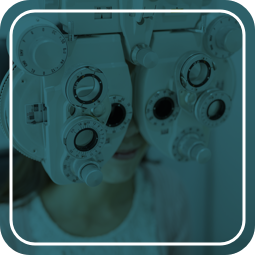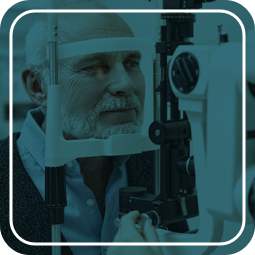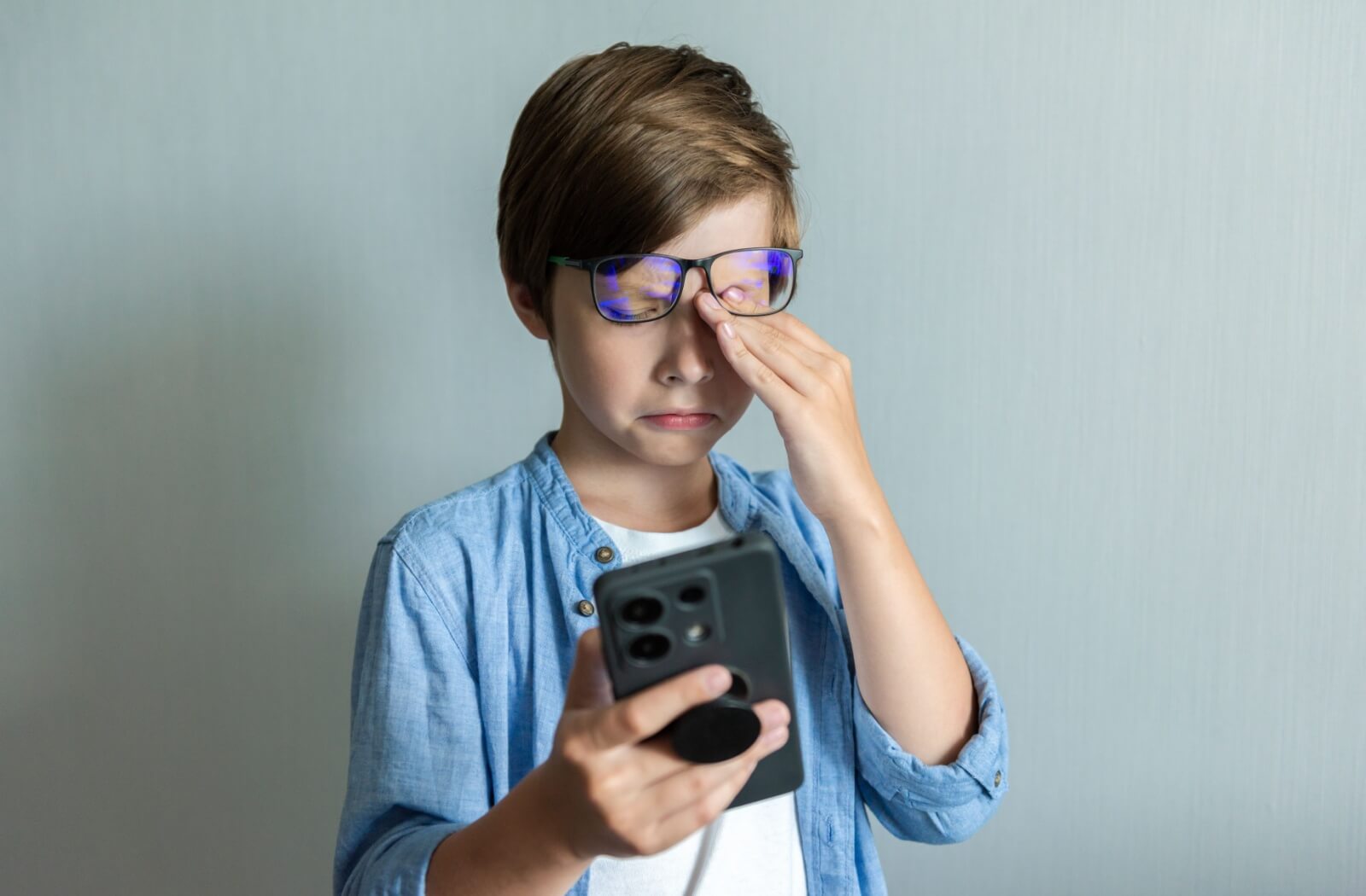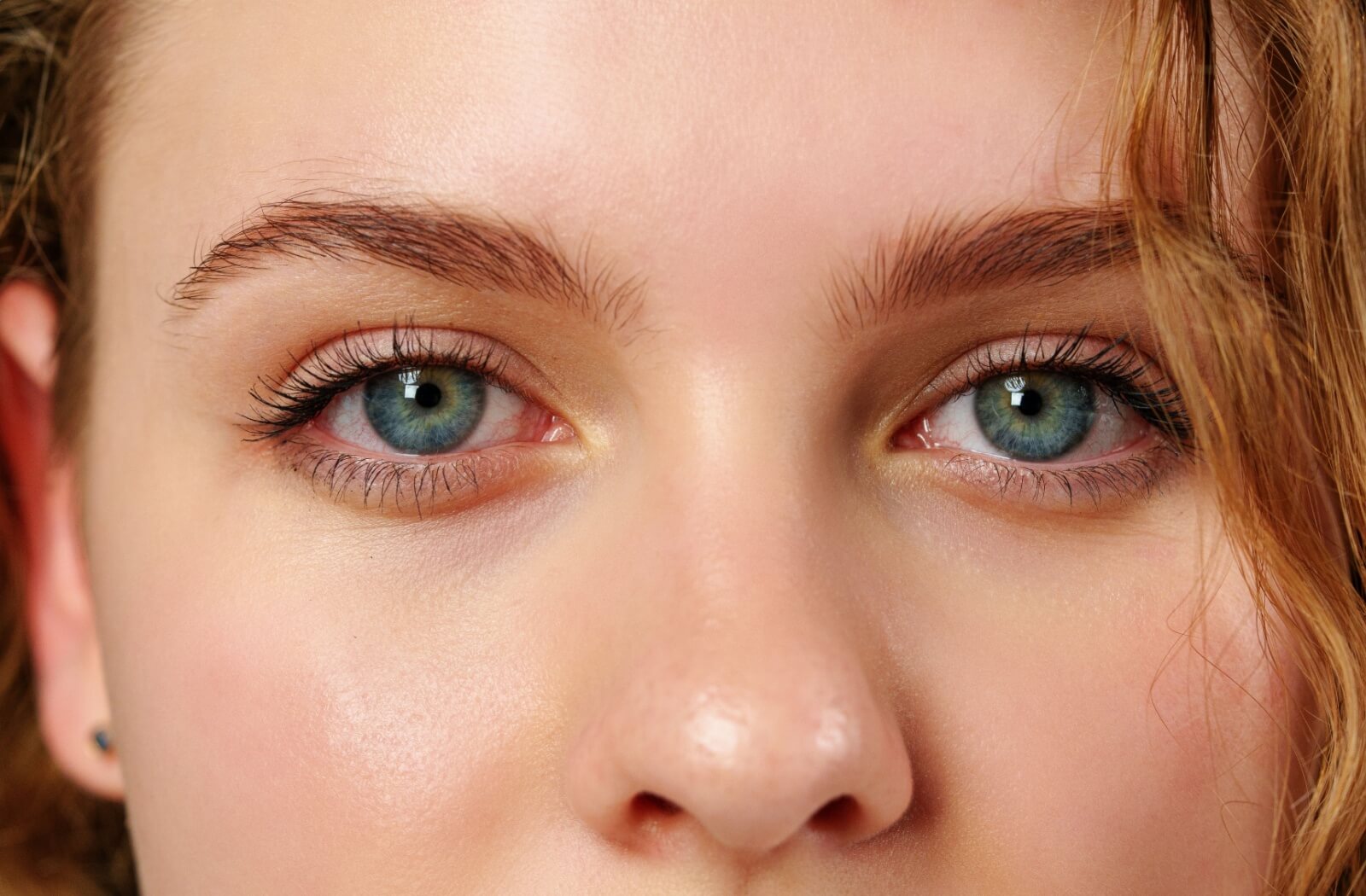Whether you’re looking for the best contact lenses for sports or a pair that helps you reach your vision goals with minimal discomfort, the first step is a contact lens fitting exam. With this particular exam and fitting, the eye doctor can ensure you get the best contact lenses for your lifestyle.
This article explores the process of the typical contact lens fitting exam to alleviate any anxiety you might have over an unfamiliar procedure. We’ll also highlight the differences between a comprehensive eye exam and contact lens fitting and why you need both.
Contact Lens Fitting vs. Comprehensive Eye Exam
You’ve probably heard of a comprehensive or complete eye exam before. This is the exam you typically receive every 1–2 years as directed by the Canadian Association of Optometrists or your eye doctor.
During a comprehensive eye exam, your optometrist will check your eyesight and determine what prescription you need for glasses. Additionally, they will screen for several eye conditions or diseases, such as glaucoma, cataracts, or age-related macular degeneration.
Unless you specifically discuss contact lenses before booking your appointment, your optometrist typically won’t tailor your exam to contact lenses by taking the necessary measurements or determining which lenses will be best. Many eye doctors can combine these 2 exams to check the health of your eyes and determine if you can wear contacts comfortably.
What Happens at a Contact Lens Exam & Fitting?
No 2 exams are exactly the same, but there are some universal things you can expect from a contact lens exam and fitting:
Options and Preferences
With the availability of information on the internet these days, you may have a pretty good idea of which contact lenses you want to try. But not all types of lenses are suitable for everyone. So, your optometrists may ask what your preferences are (if any), and then go over the best options based on your eye health history.
Some of the most common types of contact lenses include:
- Soft lenses: One of the most popular types based on an easier adjustment period and easy care.
- Rigid gas permeable lenses (RGP): Also a popular choice, but typically have a longer adjustment period. However, they can sometimes provide the best visual clarity.
- Extended-wear lenses: A great option if you want something you can put in and leave for a predetermined amount of time. These are great for minimizing how often you have to touch your eye.
- Disposable lenses: Great for the occasional contact lens wearer. These may help reduce the chance of introducing contaminants and germs into your eyes because the lenses don’t need to be cleaned regularly, they are disposed of at the end of the day.
- Specialty contact lenses: In some cases, a specialty lens may be required. Scleral lenses or multifocal lenses are 2 options that may provide a solution for harder-to-fit eyes.
Measurements
Once you and your optometrist have a good idea of the route you’d like to go regarding contact lens choice, it’s time for measurements. Your eye doctor will take several measurements, including the curvature and diameter of your eyes and the size of your pupils and irises.
Additionally, your optometrist may measure the tear evaporation in your eyes to determine if your eyes are suitable for contact lens use. There may be a higher risk of damage to your eye or discomfort if your eyes do not stay suitably lubricated.
Instruction
After the doctor has taken the necessary measurements, they can recommend a type and brand of contact lens for you. Your trial pair serves 2 purposes: first, it allows you to ensure they fit properly without committing to a full order of lenses. Second, the trial pair gives the optometrist or technician a chance to instruct you on inserting and removing the contacts and the proper care of the specific lenses you’re getting.
Proper care and handling are critical for several reasons:
- Helps prevent discomfort
- Helps ensure overall, long-term eye health
- Helps prevent infection due to contaminants or germs.
What Happens After the Fitting?
Instructions may vary slightly between eye doctors and particular situations. But you can typically expect to be sent home with trial contact lenses to confirm whether they fit properly and are comfortable.
Usually, you’ll have a follow-up appointment after a week or so. This allows you to discuss the new lenses with your eye doctor. At this point, you can buy a full supply or make adjustments if needed.
Booking Your Contact Lens Fitting
If you want to rid yourself of glasses, the time is now. Not everyone is a candidate for contact lenses. Still, our experienced optometrists can examine your eyes to give you all your options.
Give us a shout at Downtown Eye Care. Our helpful staff is happy to answer your questions and book you a contact lens fitting with one of the eye doctors.















